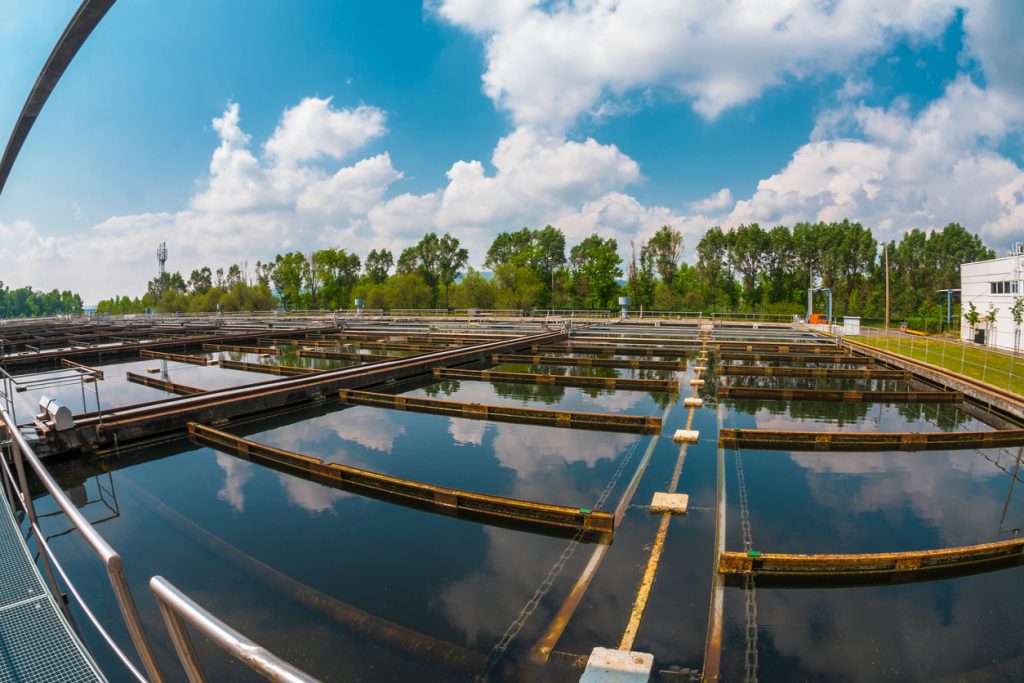Biological
Does your facility produce organic-heavy waste?
Removing organic substances from water and air can be challenging. The most common way to manage these contaminants, often measured in biological oxygen demand, or BOD, is exposing them to bacteria, protozoa, and other microbes that break down the pollutants. In addition to feeding on organic molecules, these bacteria tend to stick together as they feed, which creates a flocculation effect and settles pollutants as solids. This produces sludge, which is dewatered and disposed of as solid waste.


Biological wastewater treatment solutions might be what your plant needs to transform difficult-to-treat, high-BOD waste into cleaner effluent that’s easy to manage.

